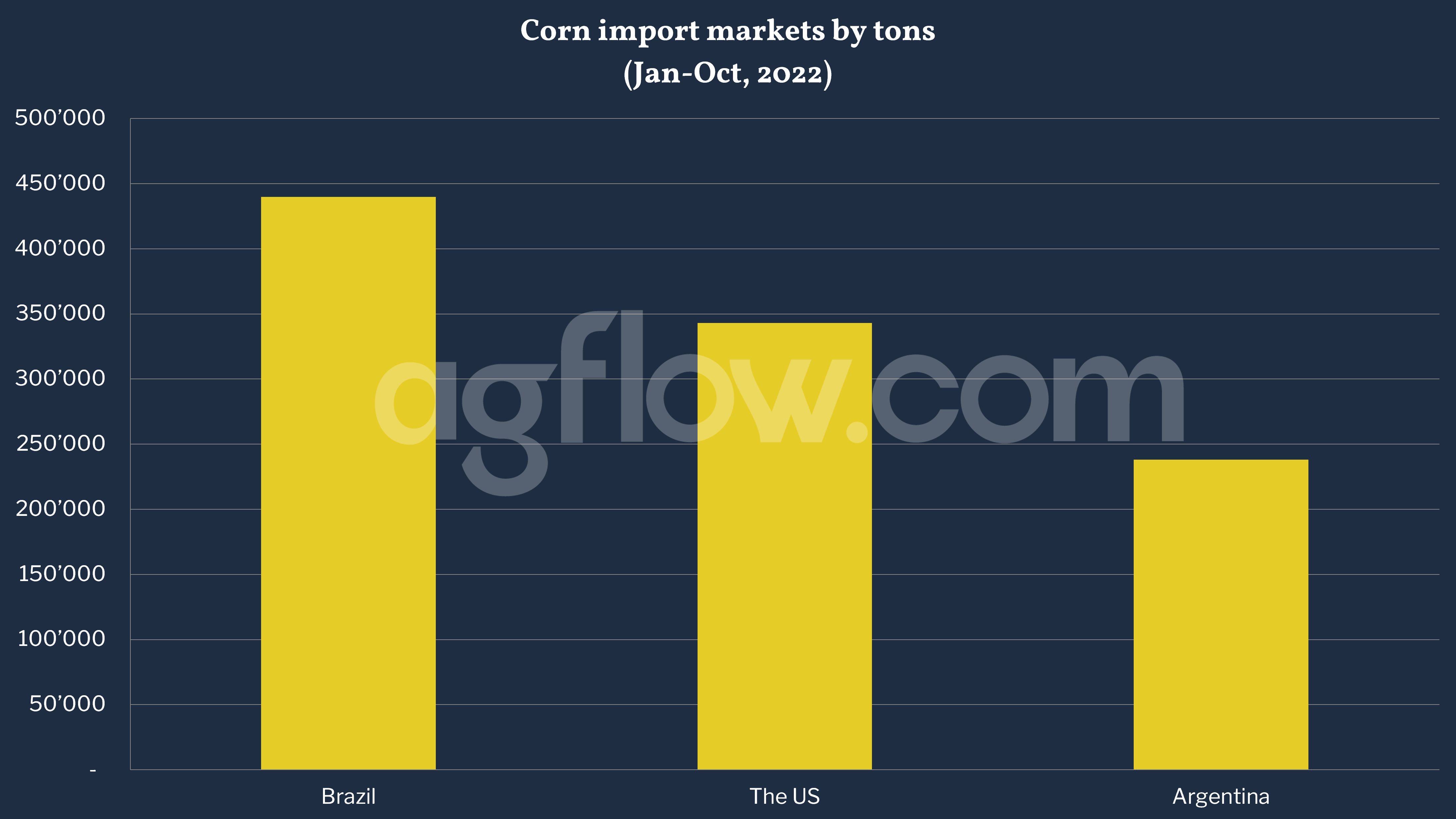Venezuelan Farmers Turn to White Corns
Reading time: 2 minute
Corn is the country’s major domestic food crop. Most of Venezuela’s Corn crop came from the central plains, particularly the states of Portuguesa, Barinas, and Guárico. A traditional staple, Corn surpassed coffee as the nation’s leading crop in the 1960s; by 1988, farmers cultivated Corn on some 642,000 hectares. Total production was 1.28 million tons in that year. After declining in the 1970s, Corn production flourished in the 1980s, mainly because of the agricultural policies of the mid-1980s that provided import protection and stimulated greater food self-sufficiency. Despite the gains of Corn producers, however, the costs of Corn production remained relatively high, which indicated that domestic production would be vulnerable to the effects of external competition under the market-oriented reforms initiated by the government in the early 1990s.
Venezuelan Corn production has only one harvest per year and occurs between September and December. Imports predominantly take place from January through April. However, industry imports as needed. The industry buys Corn monthly, depending on production needs. Some producers from other crops have recently switched to Corn because it is higher paid and easier to plant. Corn does not require irrigation, needs less fuel, and has a better profit margin. As for the fertilizer, it yielded more since the planting intentions were even greater, so producers had little in stock. Fertilizer is received in Venezuela from Colombia, Brazil, Guyana, Uruguay, and India, other than Russia.
In marketing year 2022/23, the USDA forecasts a 10 percent increase in Venezuelan Corn production to 891,000 MT. The area planted is expected to increase by 10 percent to 220,000 hectares, with no yield changes. Venezuelan producers are making planting decisions based on market conditions. An increase in the price of white Corn occurred in late CY 2021 and caused more farmers to plant white Corn. Approximately 60 percent of the cultivated land corresponds to white Corn, and the remaining 40 percent to yellow Corn. There is optimism about this harvest season starting September 2022 as the prices paid to producers are remarkably high, following international price trends.
Domestic consumption in the marketing year of 2022/23 is forecast to be a 6 percent increase in feed consumption to 1.058 thousand million MT, and consumption maintains the economic growth trend that began in MY 2021/22. The largest and most competitive poultry companies are making new investments in facilities and machinery. In MY 2021/22, consumption was expected to increase 5 percent on feed and FSI compared to USDA’s official estimate.
Venezuelan Corn Import
In MY 2022/23, it is forecast that imports to reach 1.25 million MT, a 4 percent increase compared to USDA’s official estimate for MY 2021/22. This increase is motivated by the economic recovery and improved demand for white and yellow Corn. However, imports are forecast to decrease slightly from the new post estimate for MY 2021/22, driven by rising international prices. According to the AgFlow data, Brazil led Venezuelan Corn import market with 0.4 million tons in 2021-2022, followed by the United States (0.3 million tons) and Argentina (0.2 million tons).
Despite the increase in local production, there is not enough to supply the domestic consumption of Corn. For example, the white Corn processing industry requires 76,388 MT per month to produce 55,000 MT of precooked Corn flour for arepas, the essential staple food for Venezuelans. These 76,388 MT of raw material in twelve months adds up to 916,666 MT/year. Just for the FSI industry, 1 million MT of white Corn is needed per year. The United States is the central origin of yellow Corn, and the primary source of white Corn is Mexico. However, Brazil and Argentina are also suppliers of both Corns to Venezuela.
Other sources: https://www.usda.gov
Try AgFlow Free
Access Free On Updates for Corn, Wheat, Soybean,
Barley, and Sunflower Oil.
No Credit Card Required & Unlimited Access In Time


